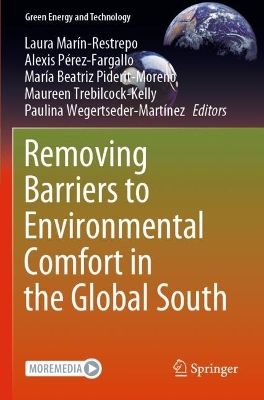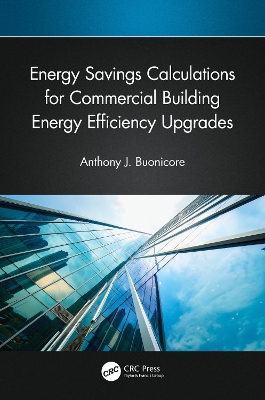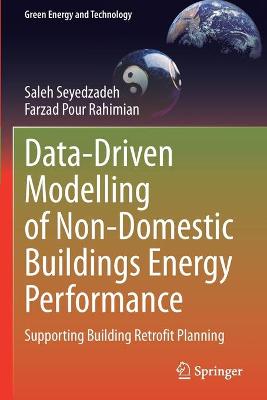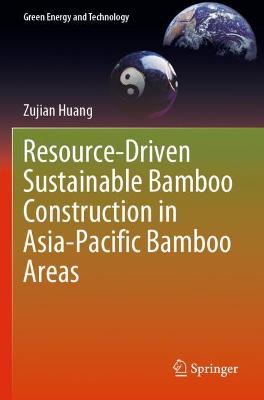Removing Barriers to Environmental Comfort in the Global South
 portes grátis
portes grátis
Removing Barriers to Environmental Comfort in the Global South
Trebilcock-Kelly, Maureen; Perez-Fargallo, Alexis; Wegertseder-Martinez, Paulina; Marin-Restrepo, Laura; Piderit-Moreno, Maria Beatriz
Springer International Publishing AG
05/2024
468
Mole
9783031242106
15 a 20 dias







